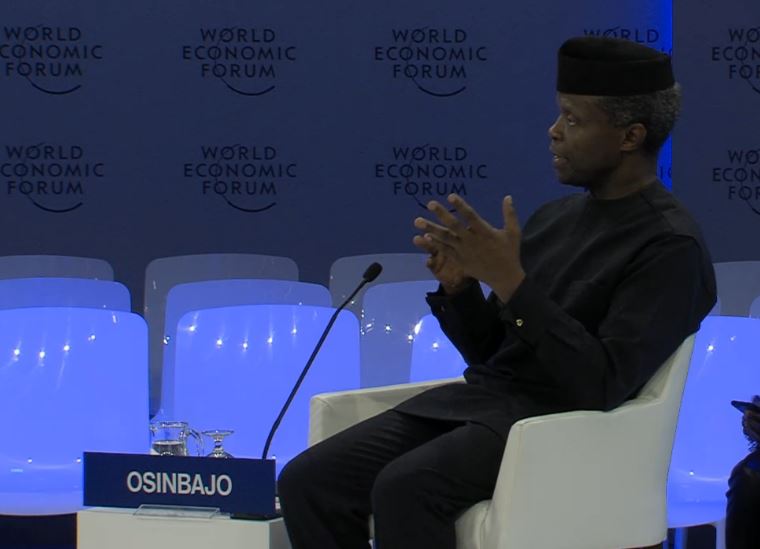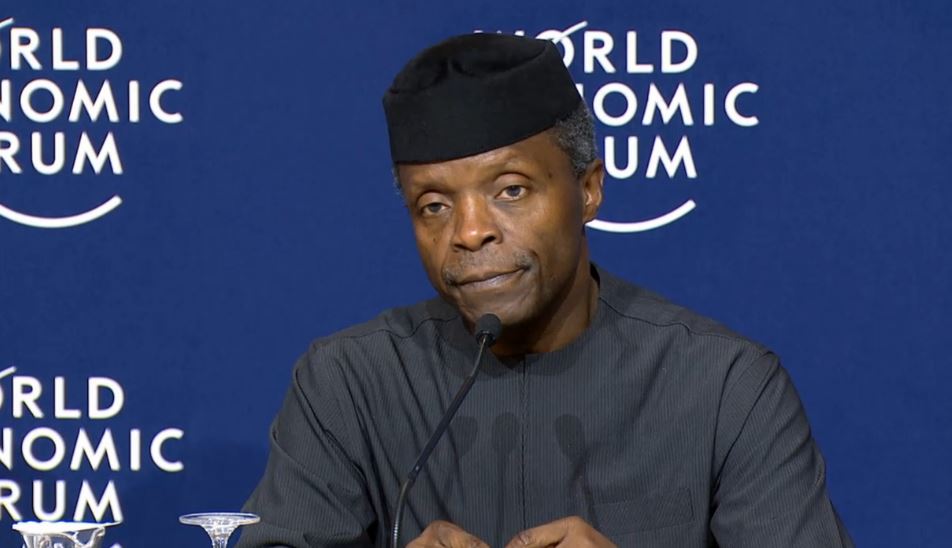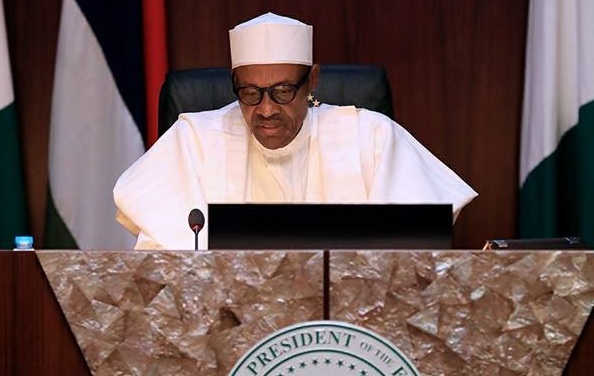Vice-President Yemi Osinbajo says the government cannot simply allow the naira to float, but admits that the Central Bank of Nigeria (CBN) has confidence in floating the local currency.
Speaking at the World Economic Forum in Davos, Switzerland on Wednesday, Osinbajo said the government is in talks with the CBN to fully implement the “free-float” foreign exchange policy, but it cannot put a time on the “logical conclusion” of the talks.
“It is difficult to give a timing about currency movements as you can imagine, but what it is really is that what is the policy that is going to lead to that?” Osinbajo asked.
“We already have a foreign exchange policy. Now, that policy, that is the point I have been making all along, that stabilising that policy, ensuring that it works fully, is really what we are trying to get to, in our interactions with the central bank, which of course is independent.
Advertisement
“We are trying to get them to see that you need to implement this policy fully. Central bank of course has its own constraints; we have to be careful.
“We simply can’t allow the currency to float; we have to look at all of the market conditions and all of that. But really, the point we are making is that we must create the environment which will help the Central Bank as well.

“That will come from an increasing supply of dollars from oil exportation. Once we have more dollars, Central Bank obviously has more confidence in floating the currency.”
Advertisement
Osinbajo also said the government would be launching its economic turnaround plan in February 2017, which would span another four years.
“We would formally launch the four-year economic recovery approved plan in mid-February.,” he said.
“We’ve already written it out, many parts of it…we are discussing, but it would be formally launched as a document in the middle of February.
“But our 2017 budget is actually based on the economic recovery approved plan. We had strategic implementation plan, which we started with in 2016. The economic recovery approved plan is actually a development of the strategic implementation plan.”
Advertisement
Add a comment







